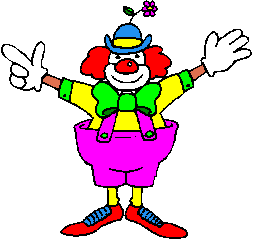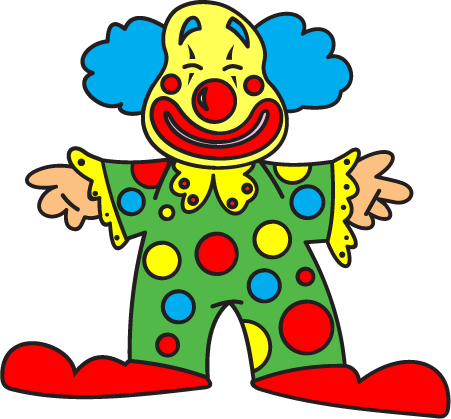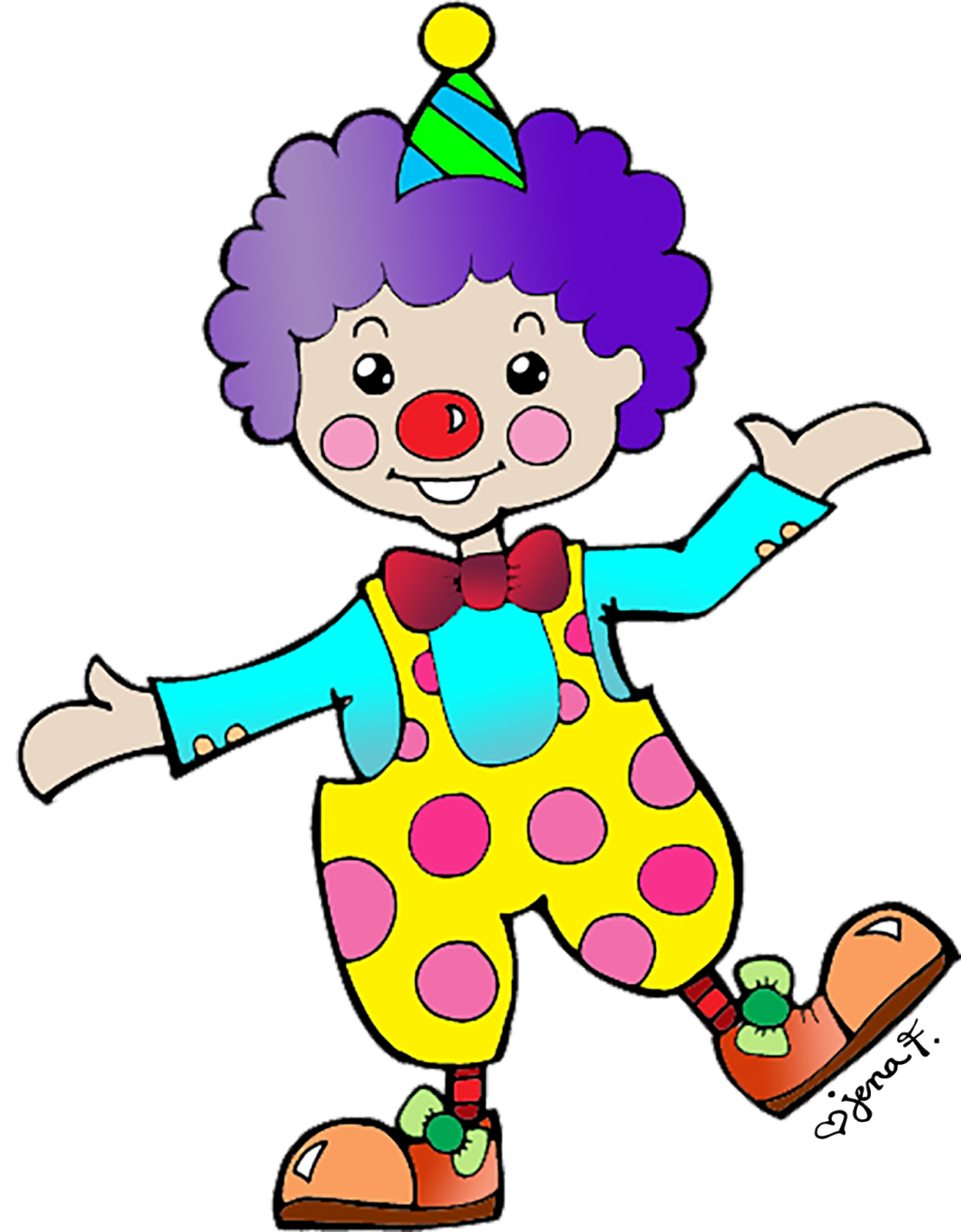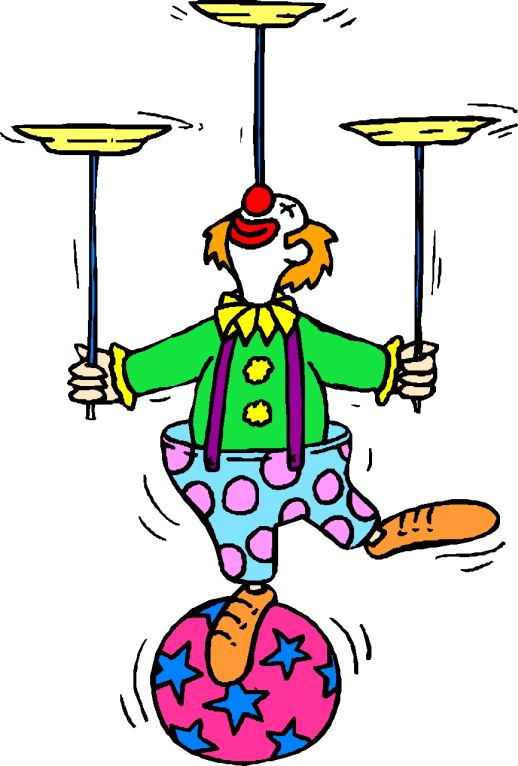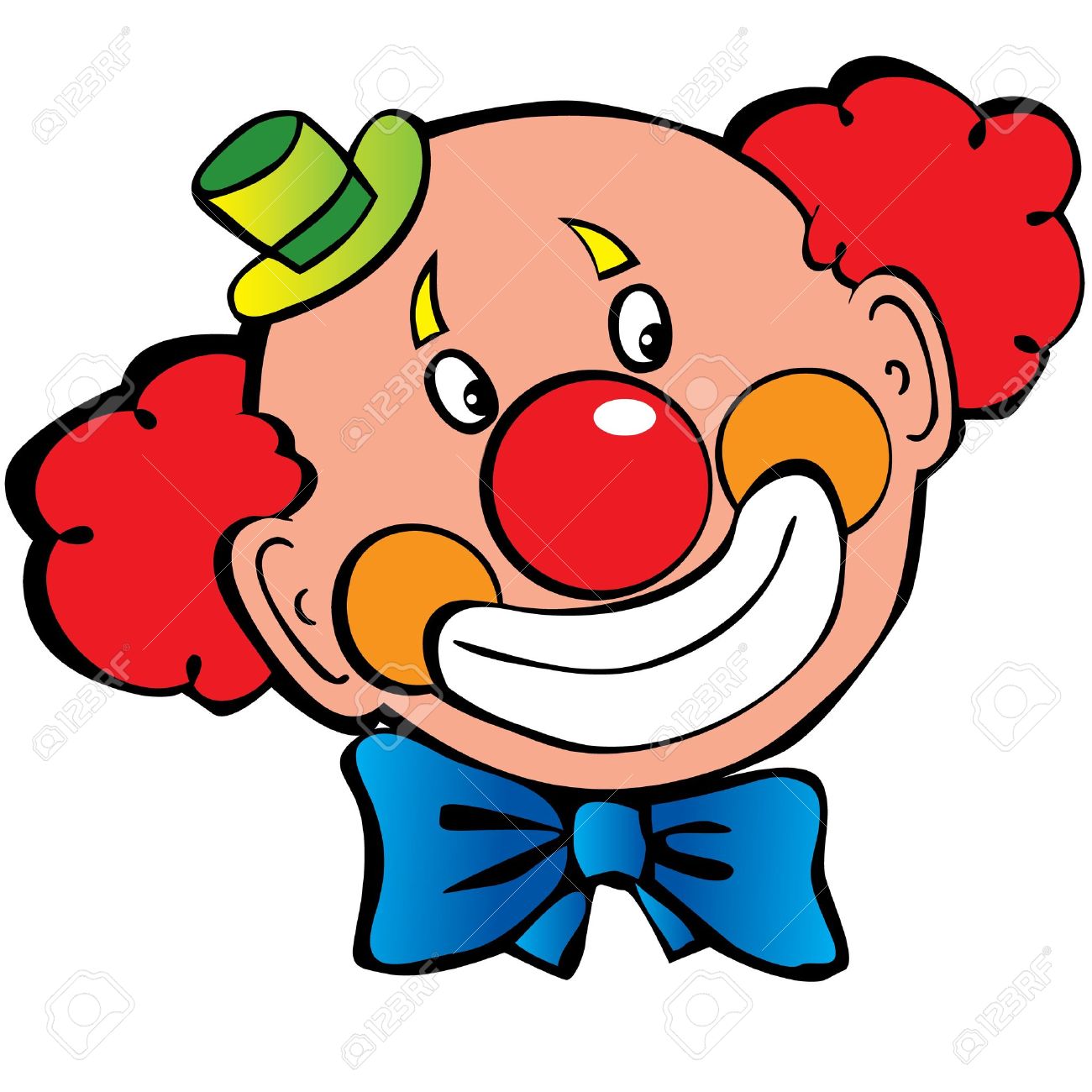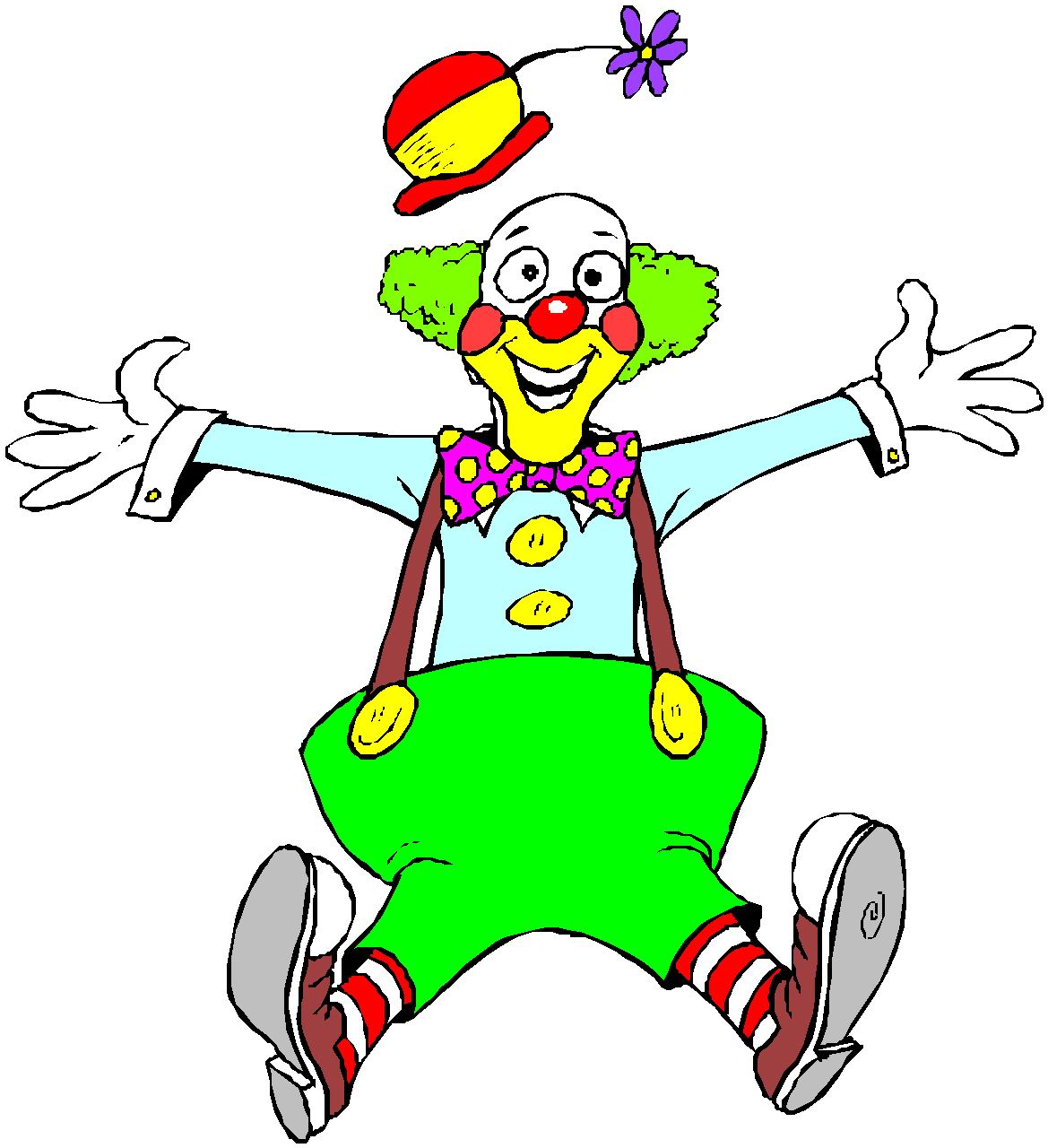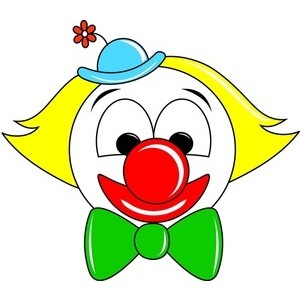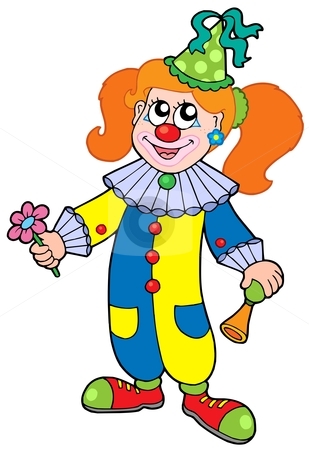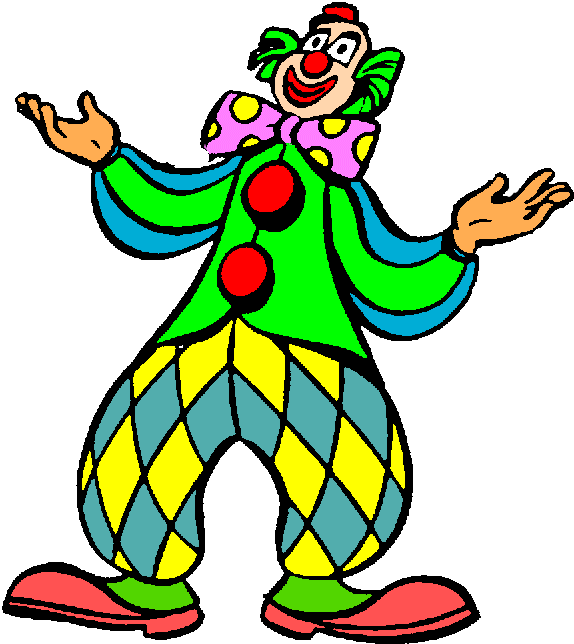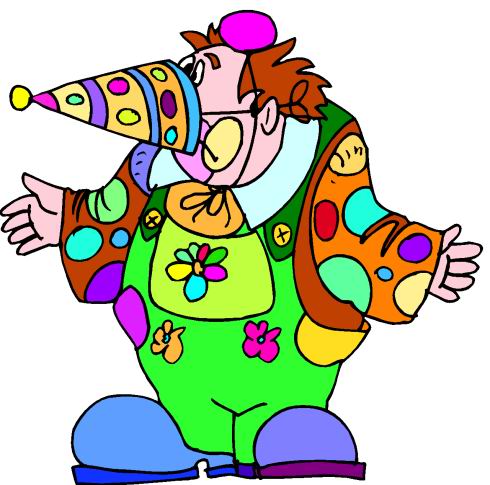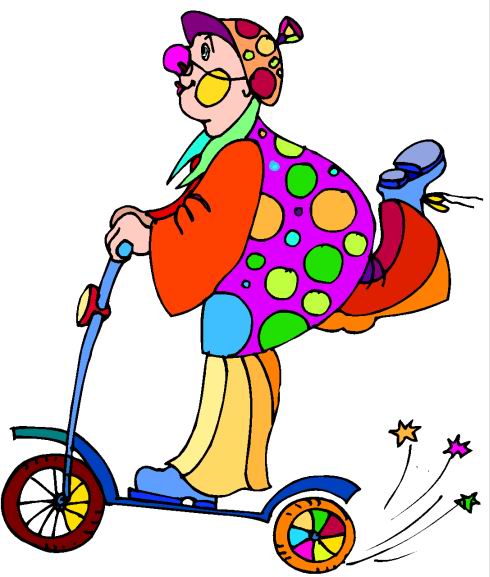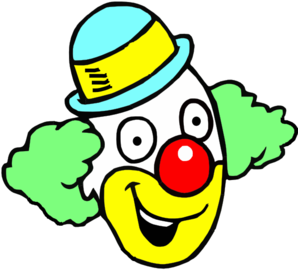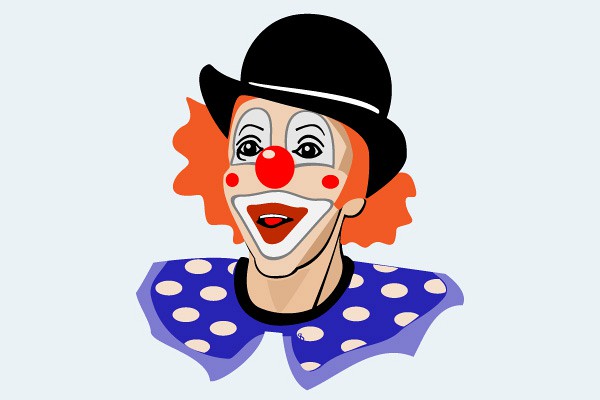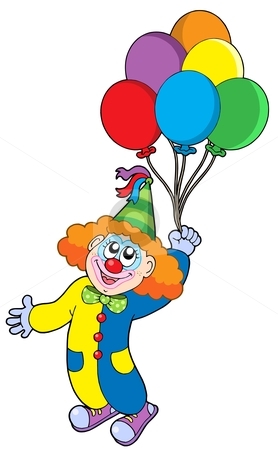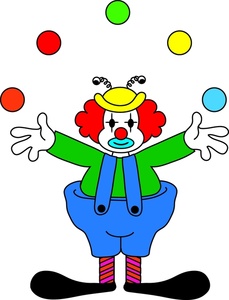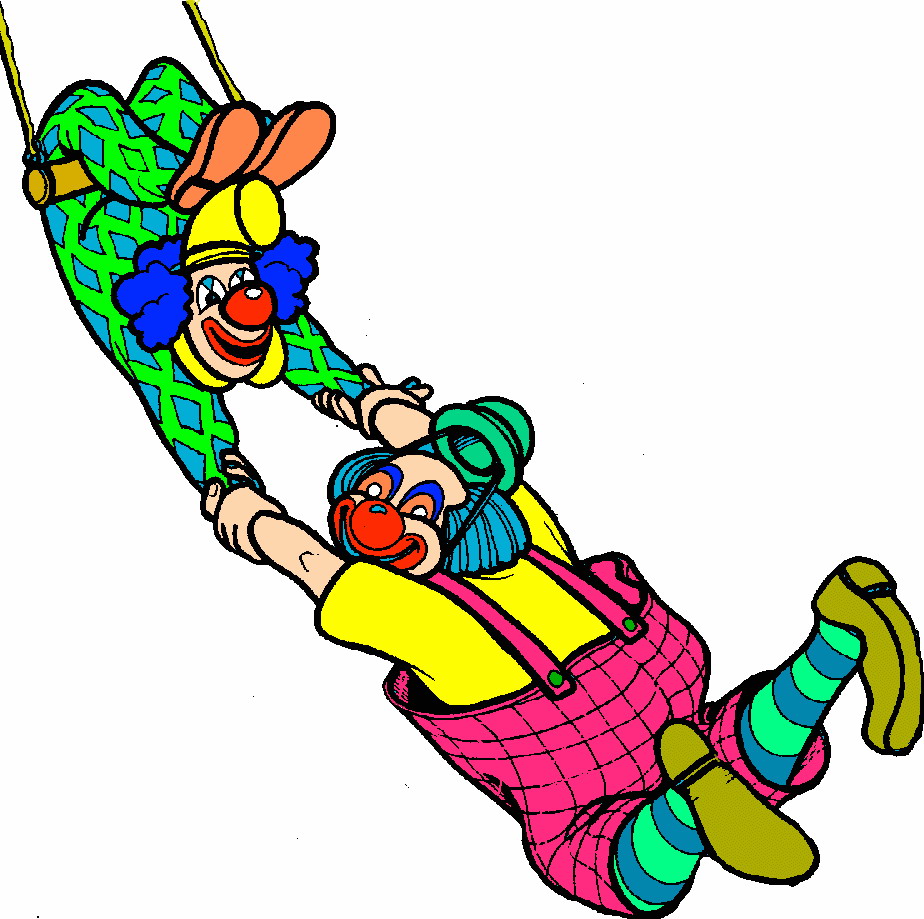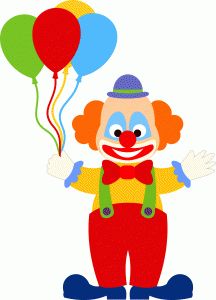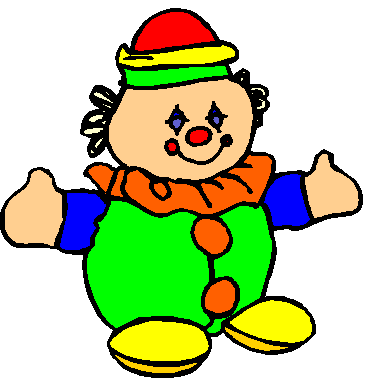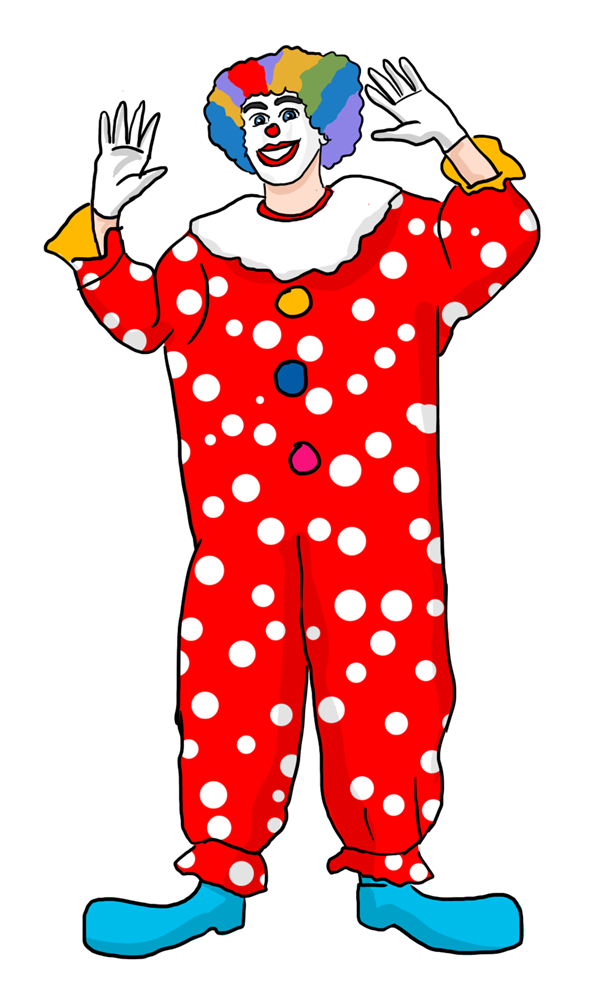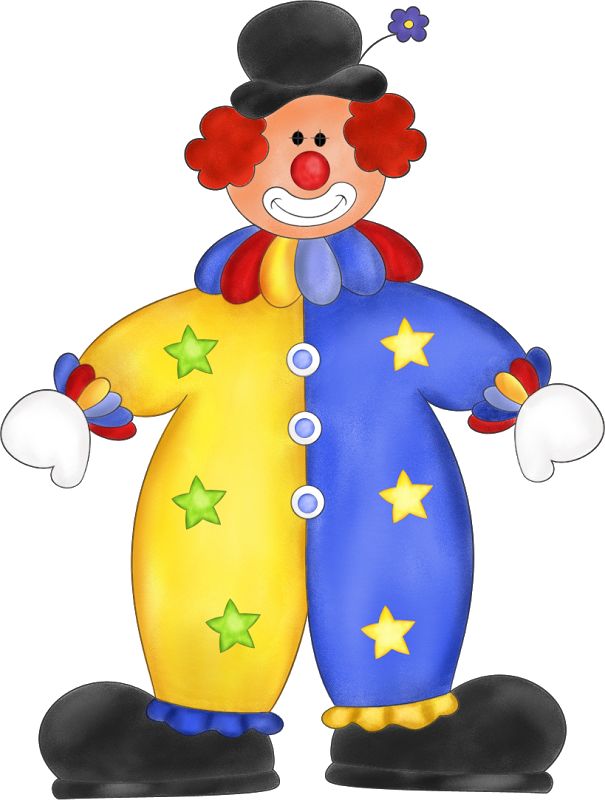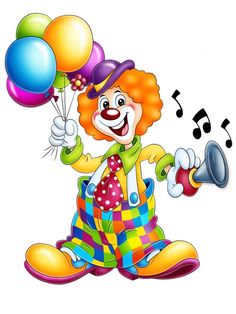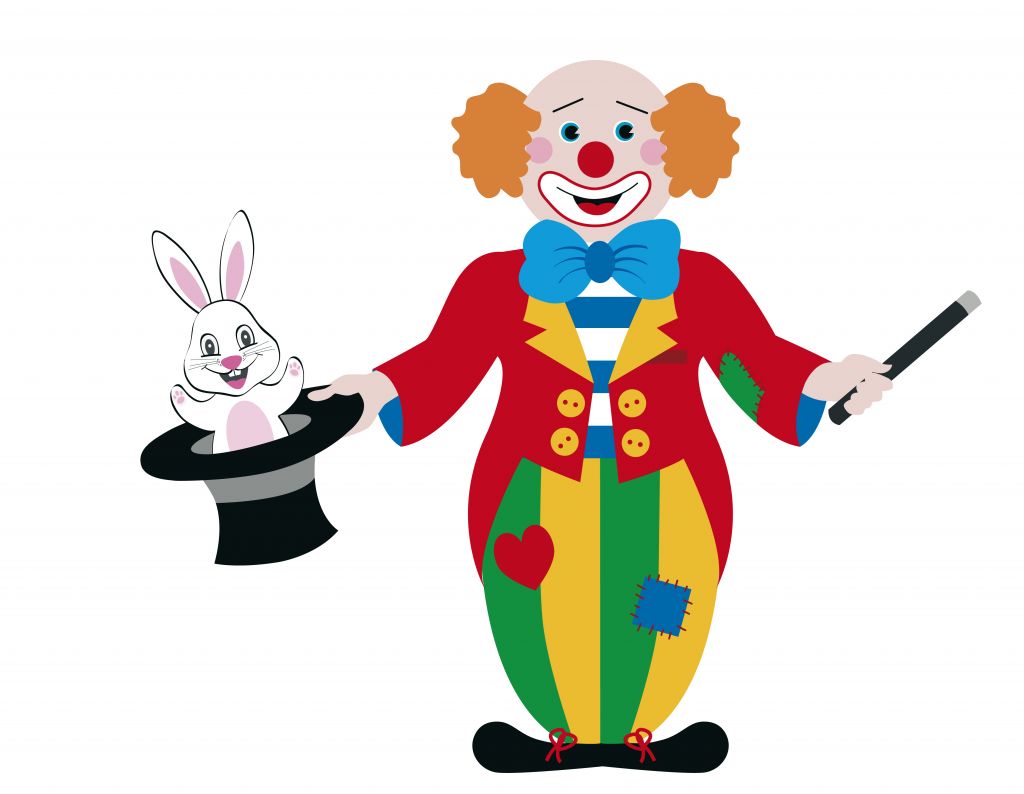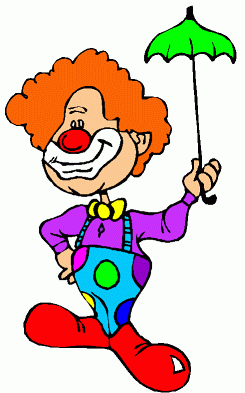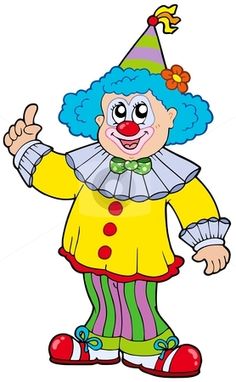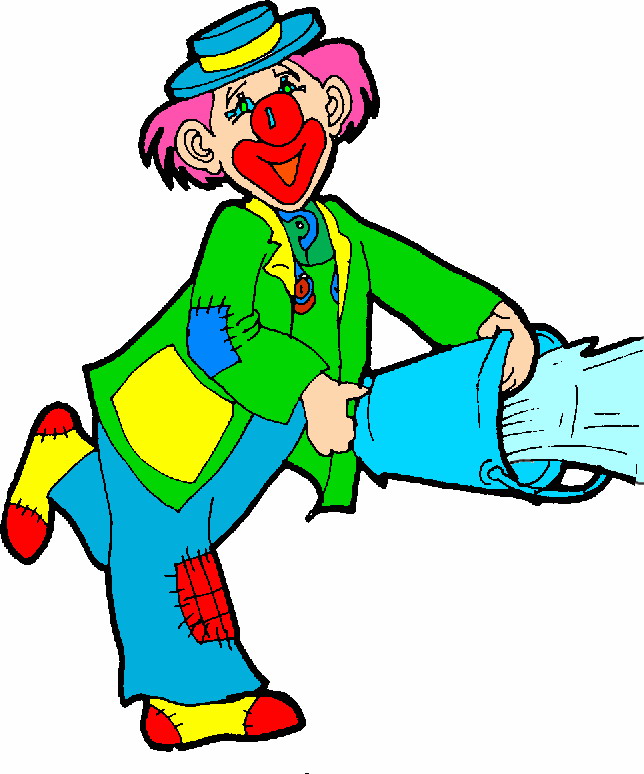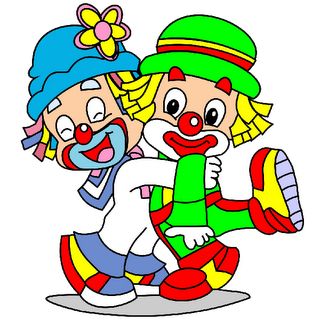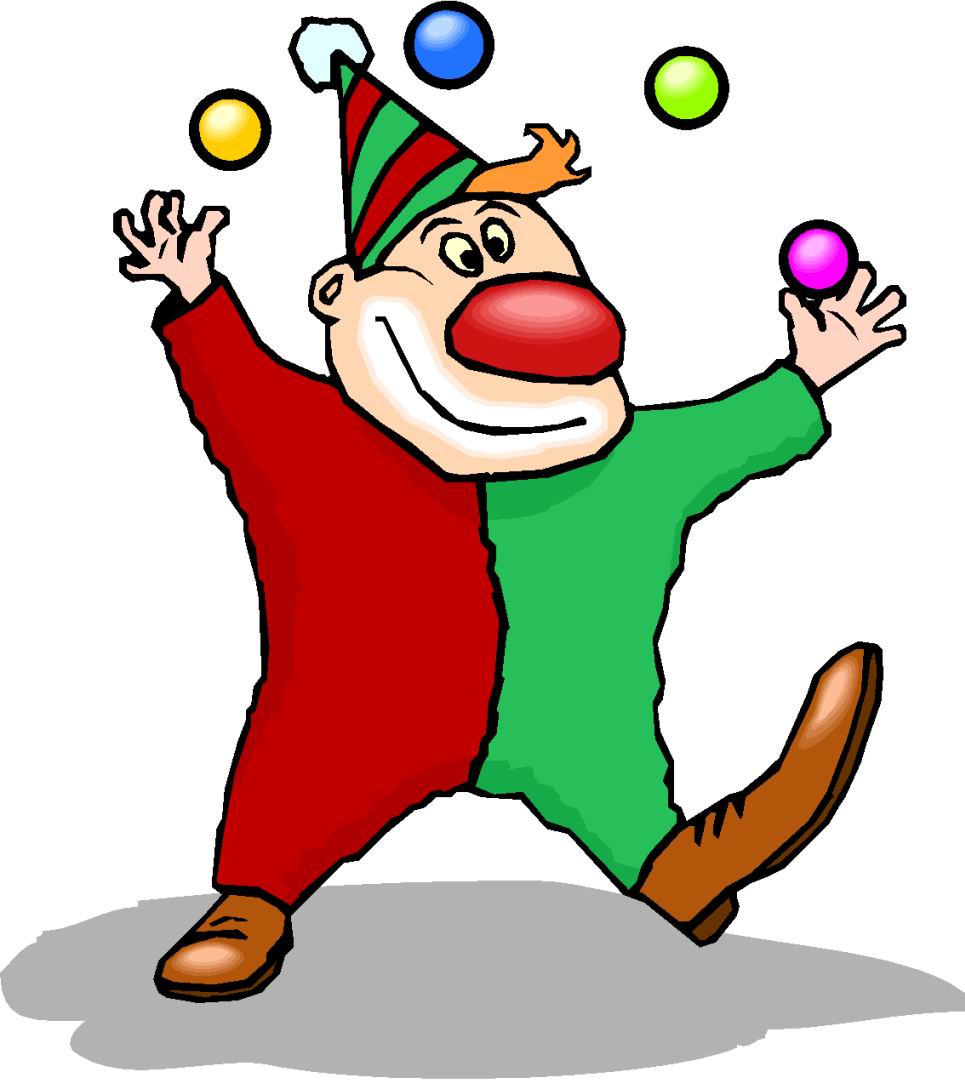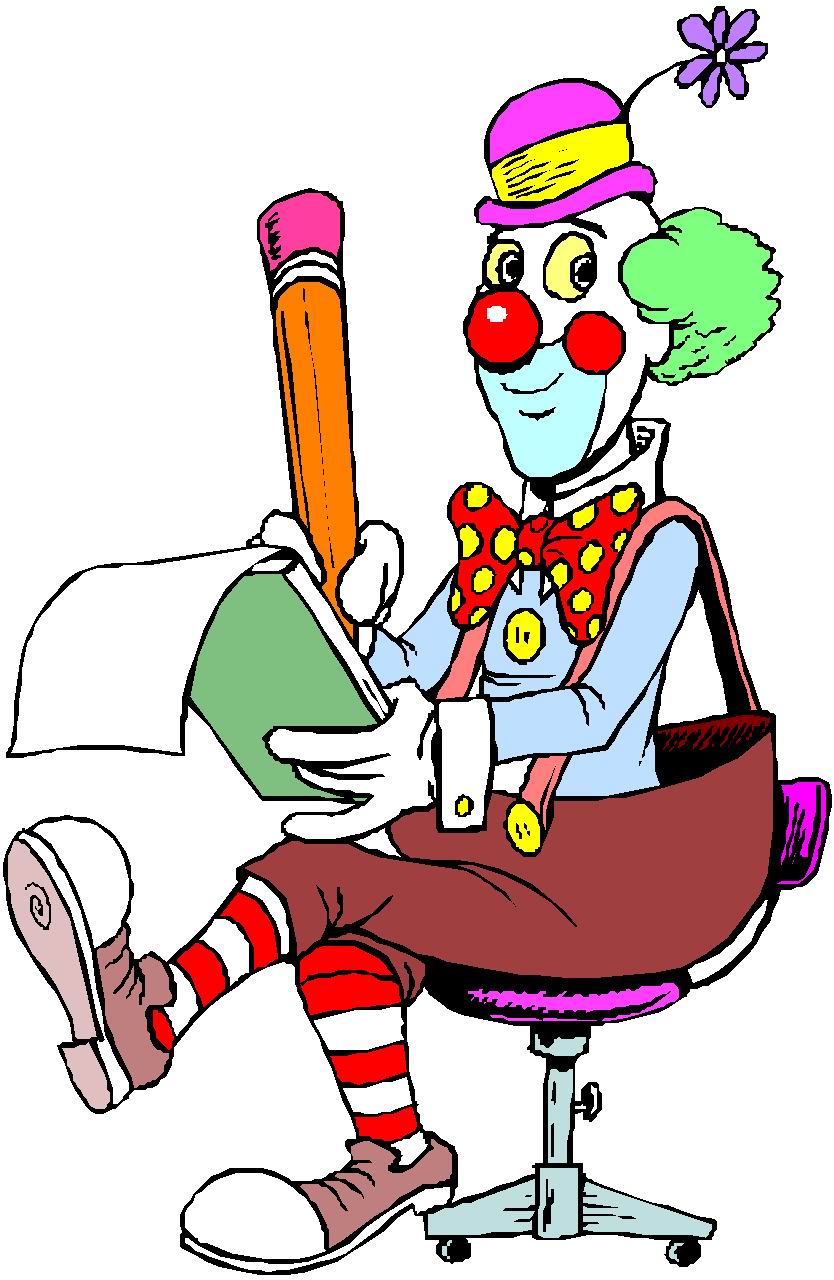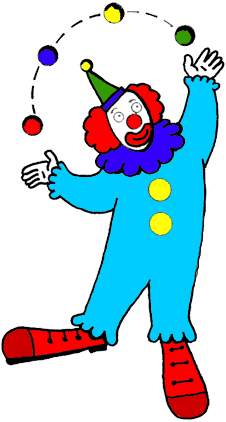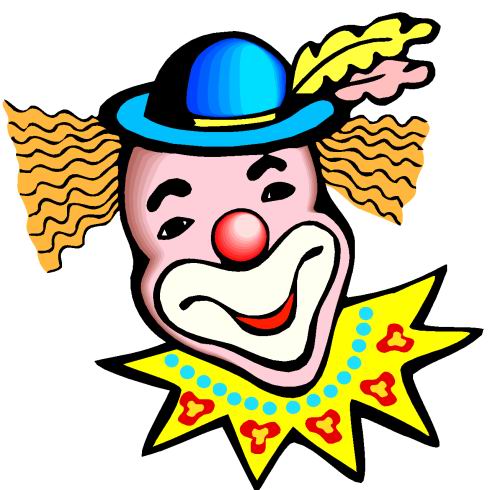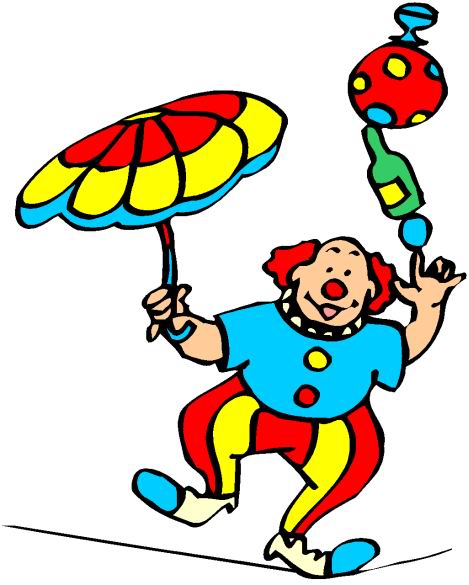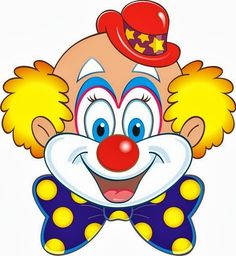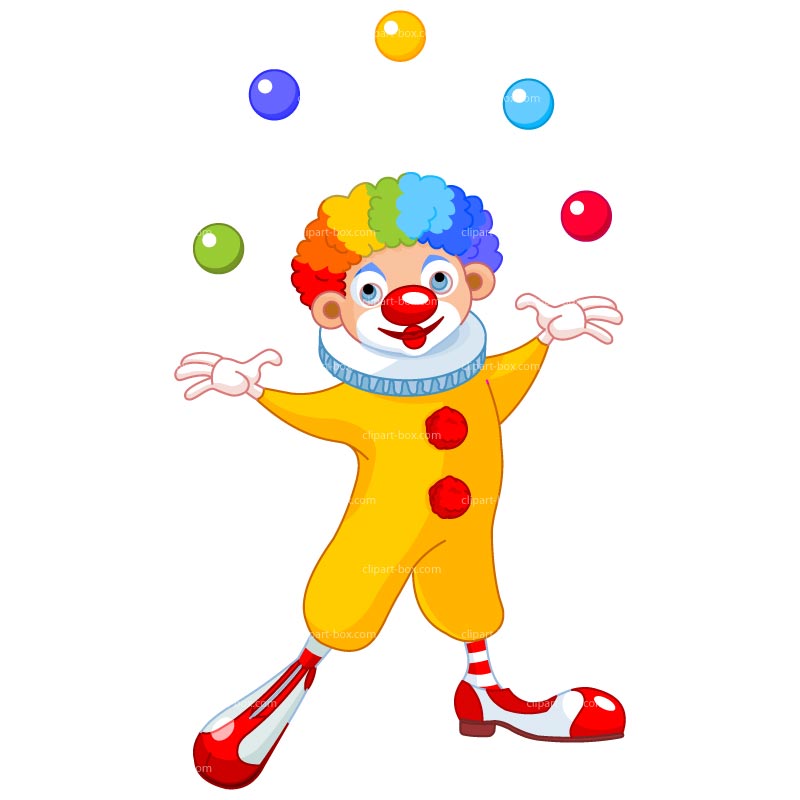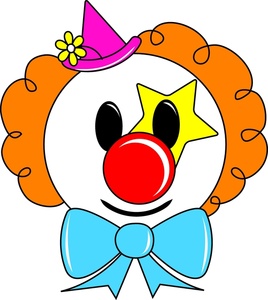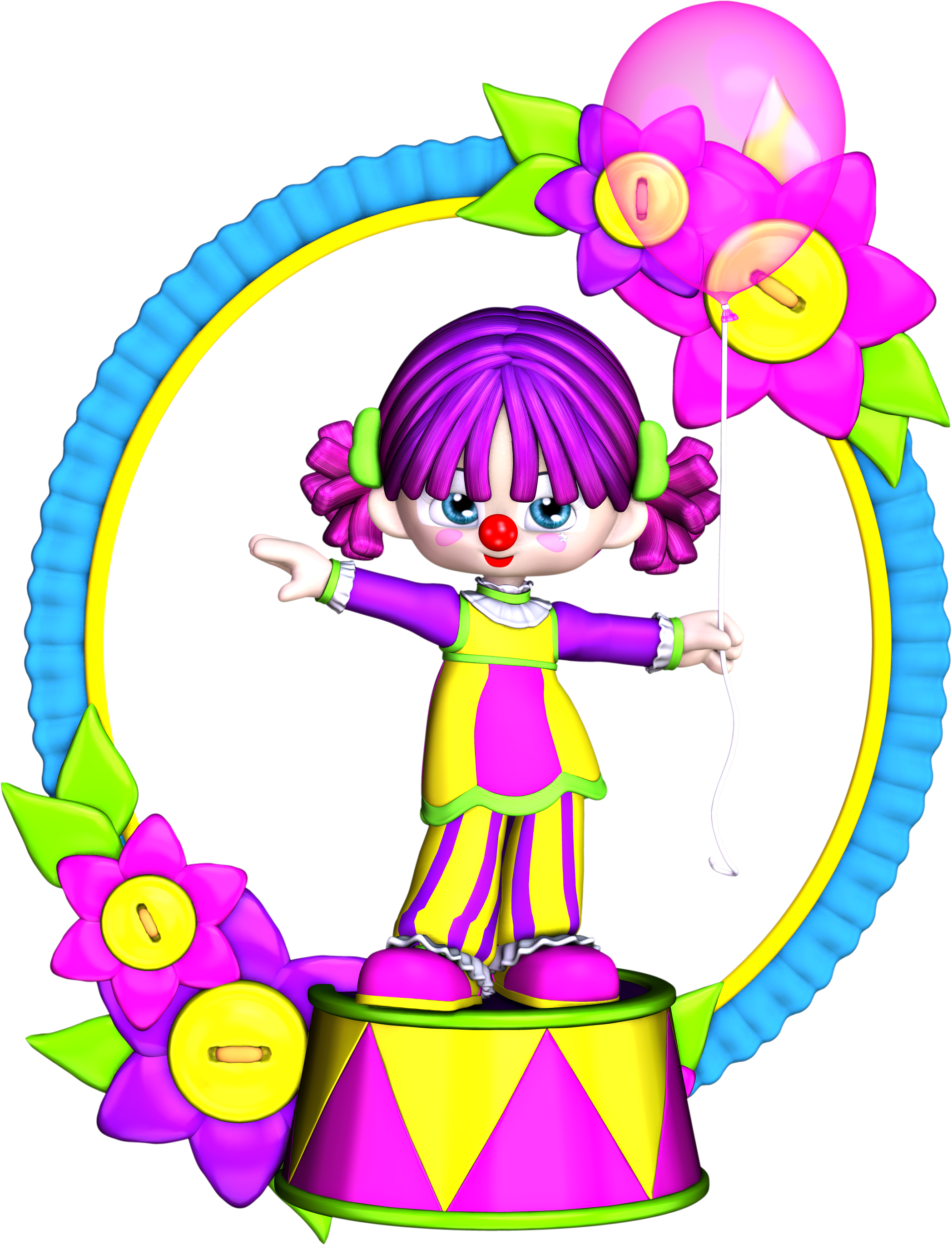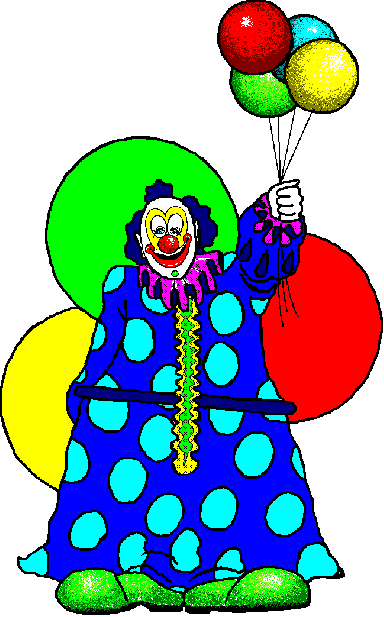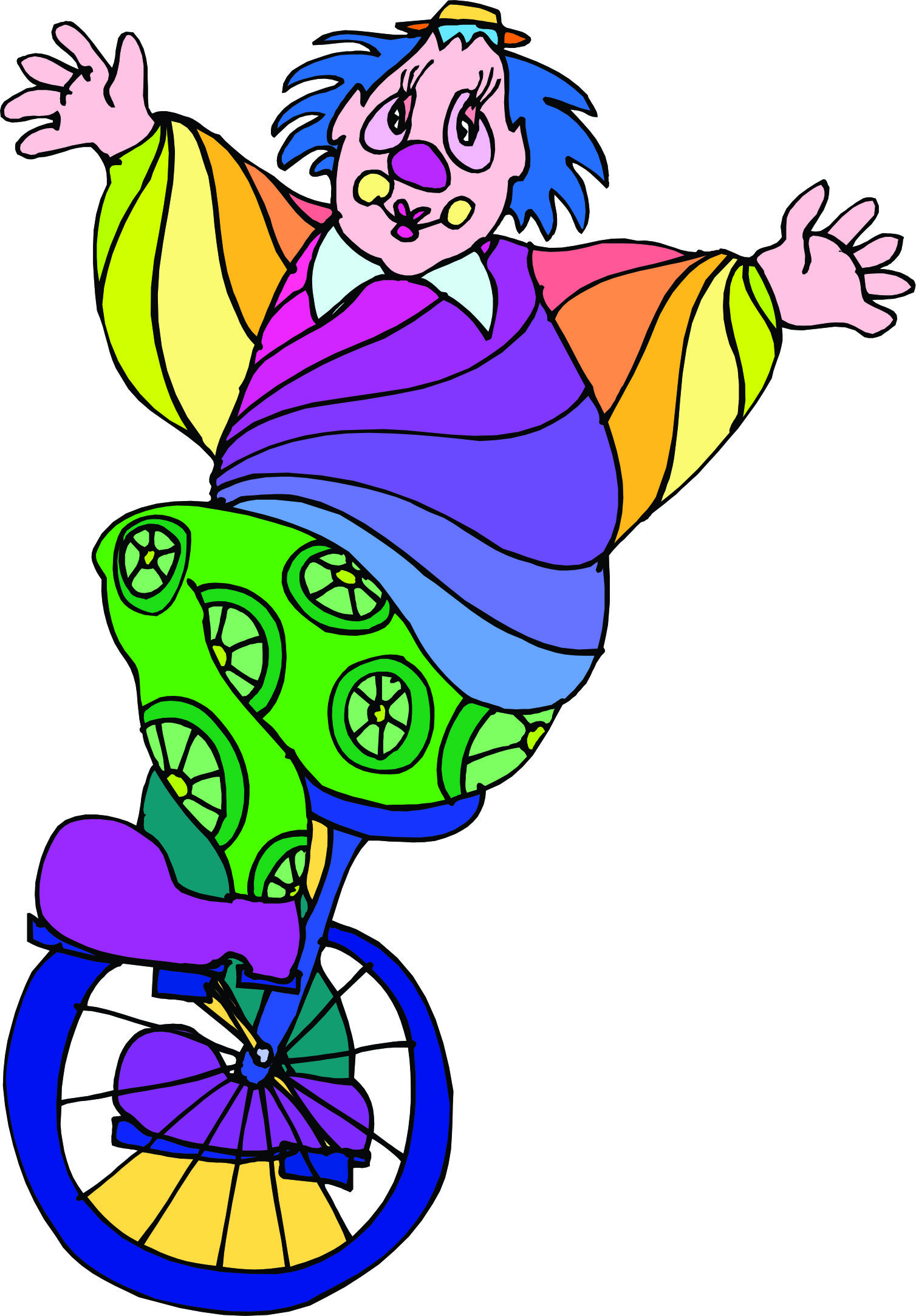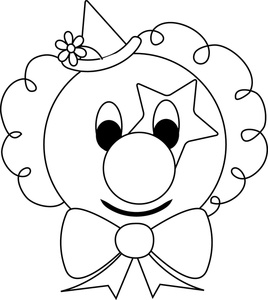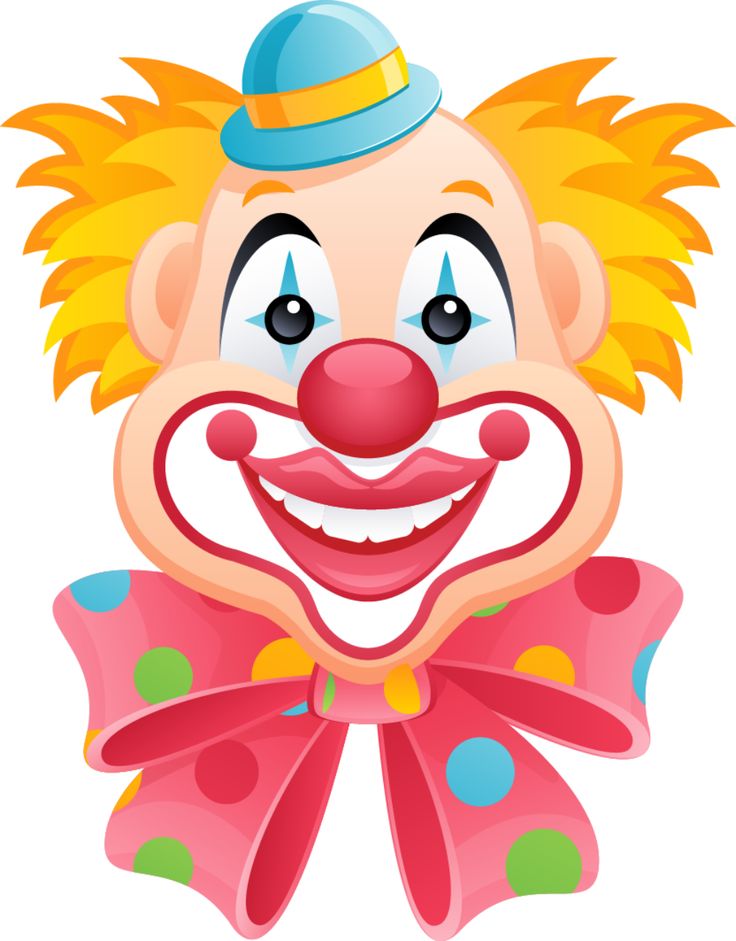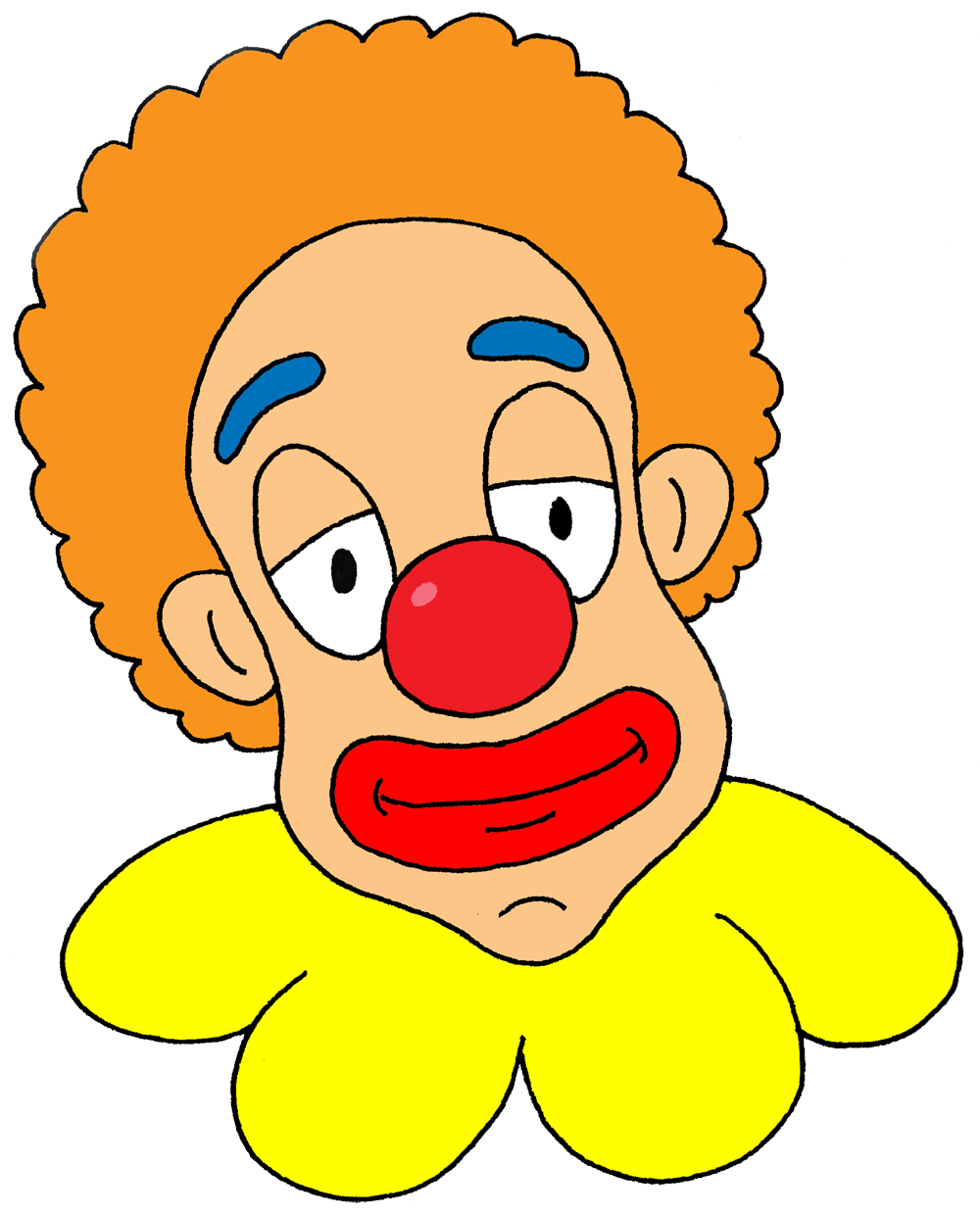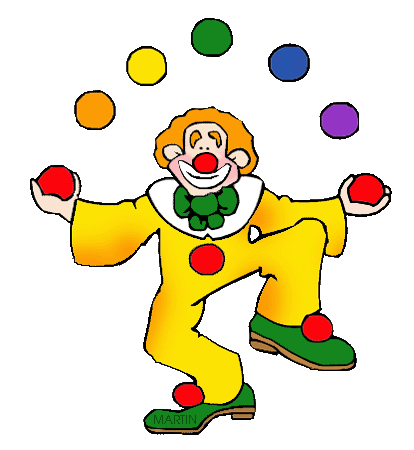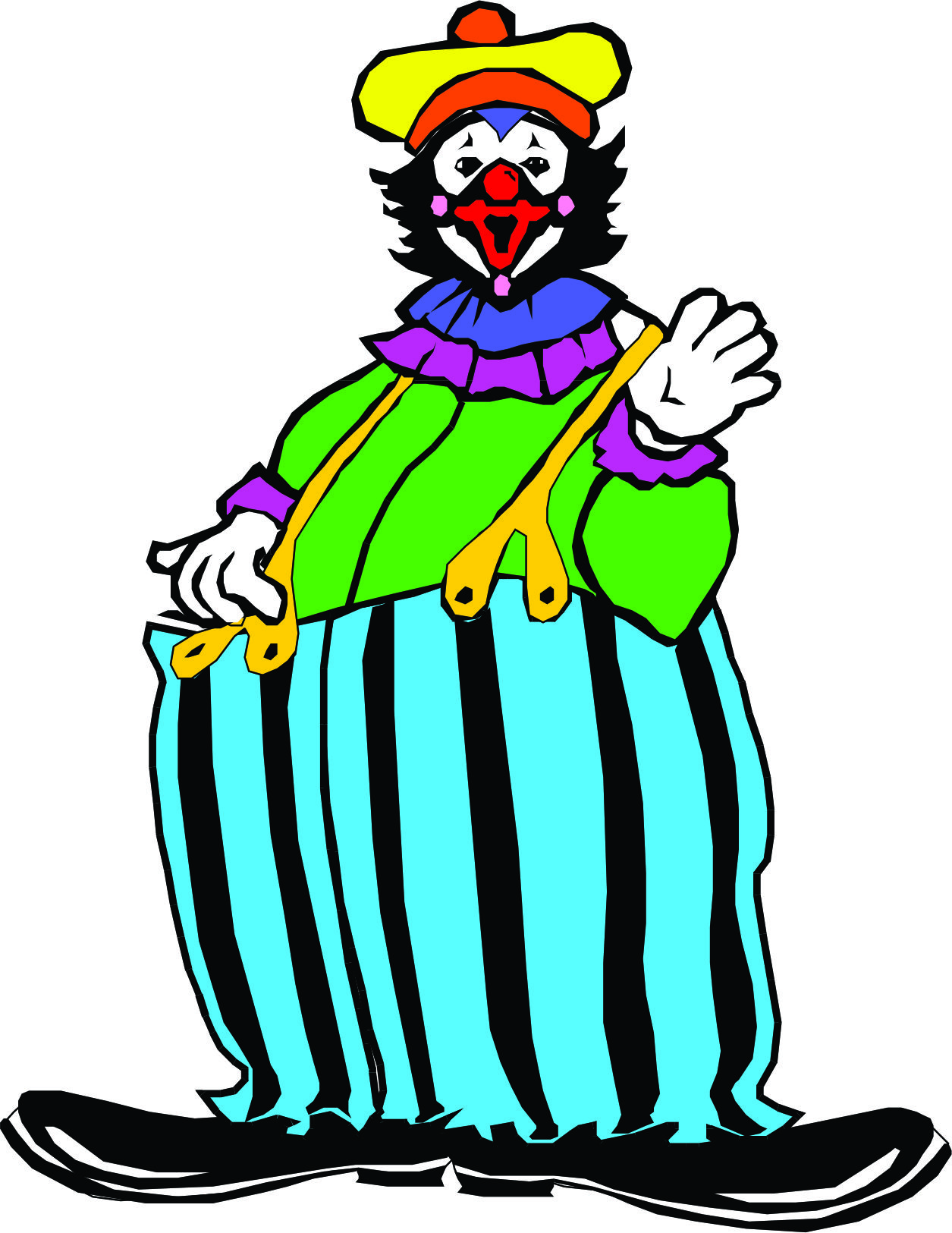Clown Clipart
Clowning likely originated in ancient Greece or Egypt, emerging from folk rituals mocking clergy and aristocracy. Jesters piercing pomposity with outrageous antics later became court entertainment. By the 1800s, circus clowns premiered physical comedy showcases eventually inspiring phenomena from birthday party performers to horror icons.
Behind outrageous disguises and slapstick bravado lies disciplined commitment to imparting joy, even when lampooning life’s absurdities.
Types of Clowns
Categorizations emerged codifying signature looks indicating comedic roles:
Whiteface – Symbolic eggshell makeup conveys regal refinement subverted by clumsiness.
Auguste – Flesh-toned with exaggerated features signifying unruly instincts, often assisting the whiteface clown as a dimwitted sidekick.
Character – Specialized costumes, makeup and personas liked aged hobos or mischievous animals.
Nuances distinctive to each role helpedEMPTY diversify acts – a tradition surviving into diverse modern clowning.
Famous Clowns and Characters
Certain superstar clown personas permanently imprinted mainstream culture beyond the circus spotlight:
Emmett Kelly – His iconic tramp clown contrasted melancholy emotions against a whimsical quest for joy and connection despite hardships.
Ronald McDonald – The fast food mascot demonstrated clowning’s effective kid appeal, infiltrating brand ubiquity with playful goodwill since the 1960s.
Krusty the Clown –The Simpsons chain smoking cynic demonstrated clown alter egos satirizing human defects for adult amusement alongside traditional slapstick fare.
Clown Skills and Services
Clowns train extensively to master physical dexterity, timing and characterization for engaging audiences through specialty skills like:
- Acrobatics – Backflips, pratfalls and balancing acts
- Improvisation – Crowdwork and situational spontaneous gags
- Prop comedy – Squirting flowers, mischievous buzzer handshakes
- Magic tricks – Juggling, coin tricks and hat rabbit reveals
- Balloon animals – Sculpting cute creatures and hats for kids
- Sign Spinning – Energetic dancing Dexterity promoting brands
They adapt above techniques for events like greeting hospitalized kids or circus spectaculars.
Where Clowns Perform
Clowns permeate pop culture in roles spanning:
- Circuses – Headlining wild stunts like clown car calamities and eccentric acts
- Parades + Festivals – Marching to energize crowds amid mirthful music
- Children’s Parties – Custom magic and balloon animal crafting
- Hospital Visits – Carefully deployed therapeutic humor lifting pediatric spirits
- Award Shows + Openings – Adventurous ambassadors grandly greeting guests
- Nightclubs + Raves – Outrageous burlesque clowning spicing up adult venues
Clowning Culture and Customs
Inside tightknit clowning community codes, elders pass revered customs to apprentices respectfully keeping secrets of illusions while building courage tackling risky stunts. Complex standards govern clown hierarchies, makeup styles indicating statuses, relations between classic whiteface and Auguste roles.
Despite slapstick chaos outwardly, clowns develop brotherly bonds through extensive travel and shared love celebrating laughter’s restorative power.
Clowns in Media and Pop Culture
Once synonymous with cheerful circus pageantry, modern clown portrayals skewed eventually sinister in horror media playing upon primal fears of chaotic unpredictability. Witnessing the creepy Pennywise monster in Stephen King’s It resurrected dark associations. Still, classic funny circus clowns continue inspiring artists globally.
Clown Clip Art and Graphics
Clown graphics visually reference hallmark motifs like:
- Costume Elements – Polka dots, frills, bow ties and hats
- Stylized Faces – Rainbow wigs, exaggerated smiles, red bulbous noses
- Circus Props – Juggling pins, squirting flowers magic wands, stray balloons
Combined appropriately, these icons instantly signify playful contexts from kids birthday posters to silly announcements.
Using Clown Clip Art
Responsibly integrate clown clip art adding whimsical flair when promoting appropriate lighthearted events, never alongside serious or professional communications lacking proper circus-related contexts.
Use clown faces and hats decoratively for pages hospital authorities approve since imagery impacts different ages strangely. Seek context clues from environments before assuming places possess similar reception.
The Future and Evolution of Clowning
As attention spans shorten amid digital competition for engagement, clowns constantly reinvigorate acts blending old school skills with contemporary culture references through memes and music remix mashups. Technology even allowed “tele-clowning” interventions bringing interactive shows to remote hospital rooms expanding therapeutic reach.
Still, classic clowns enduringly lift spirits with universal humor andlistening. Perhaps that’s the simple secret preserving this trade through civilizations.
In this page clipartix present 69 clown clipart images free for designing activities. Lets download Clown Clipart that you want to use for works or personal uses.
